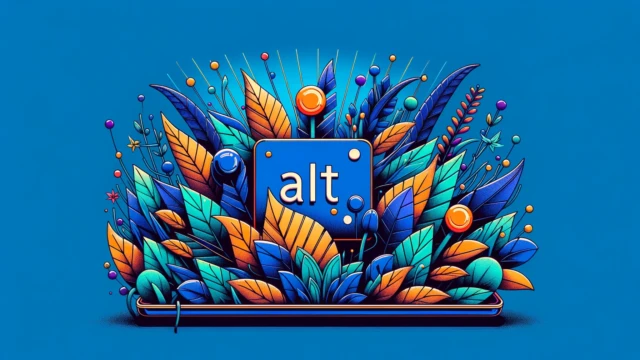Keyword stuffing is an outdated and frowned-upon practice in search engine optimization (SEO) that involves excessively using keywords in a webpage’s content with the aim of manipulating search engine rankings.
This guide explores the dangers of keyword stuffing, its negative impact on SEO, and provides guidelines for maintaining a balanced keyword usage strategy.
The Dangers of Keyword Stuffing
Keyword stuffing can severely affect your website’s SEO and online presence. Here are some reasons why keyword stuffing is detrimental:
- Poor User Experience: Keyword-stuffed content is often nonsensical and challenging to read. It diminishes the user experience and may deter visitors from engaging with your website.
- Search Engine Penalties: Search engines are sophisticated in detecting manipulative practices like keyword stuffing. Websites engaging in this practice risk violating Google’s spam policies, resulting in lower search engine rankings or even deindexing if combined with other bad tactics.
- Loss of Credibility and Trust: Keyword stuffing undermines the credibility and trustworthiness of your content. It creates a negative user impression and can harm your brand’s reputation.
- Ineffective SEO Strategy: Modern search engine algorithms prioritize content quality, relevance, and user experience. Keyword stuffing no longer provides an advantage in search rankings and may result in poorer visibility.
Guidelines for Keyword Usage
Instead of resorting to stuffing, it’s better to adopt a balanced and ethical approach. Follow these guidelines for an effective keyword strategy:
- Focus on Relevance: Ensure your content remains focused on delivering valuable information to users. Use highly relevant keywords to your topic, and incorporate them naturally into your content.
- Write for Humans, Not Search Engines: Prioritize your content’s readability and user experience. Craft engaging, well-written content that meets the needs and expectations of your target audience.
- Diversify Your Keyword Usage: Incorporate variations, synonyms, and related terms of your target keywords throughout your content. This not only improves readability but also captures a broader range of search queries.
- Use Keywords Strategically: Place keywords in important on-page elements like headings, title tags, and meta descriptions. However, do so sparingly and ensure they fit naturally within the context.
- Optimize for User Intent: Understand the search intent behind specific keywords and create content that addresses those user needs. You are more likely to attract and retain your audience by providing valuable and relevant content.
Monitoring Keyword Usage
Monitor keyword usage to maintain a healthy balance and avoid unintentional keyword stuffing. Consider the following steps:
- Review Your Content: Periodically review your content and ensure it flows naturally without any forced keyword repetitions. Edit and rephrase as necessary to maintain readability and coherence.
- Utilize SEO Tools: Use SEO tools like Yoast SEO, Semrush, or Moz to analyze your content and receive keyword optimization suggestions. These tools can help you identify any potential instances of keyword stuffing.
Bottom Line
Keyword stuffing is an outdated and ineffective SEO tactic that should be avoided. Instead, focus on creating high-quality content that meets user needs, engages readers, and provides value.
Adhering to ethical keyword usage guidelines and prioritizing user experience can build a strong online presence and improve your website’s SEO performance organically. ?




